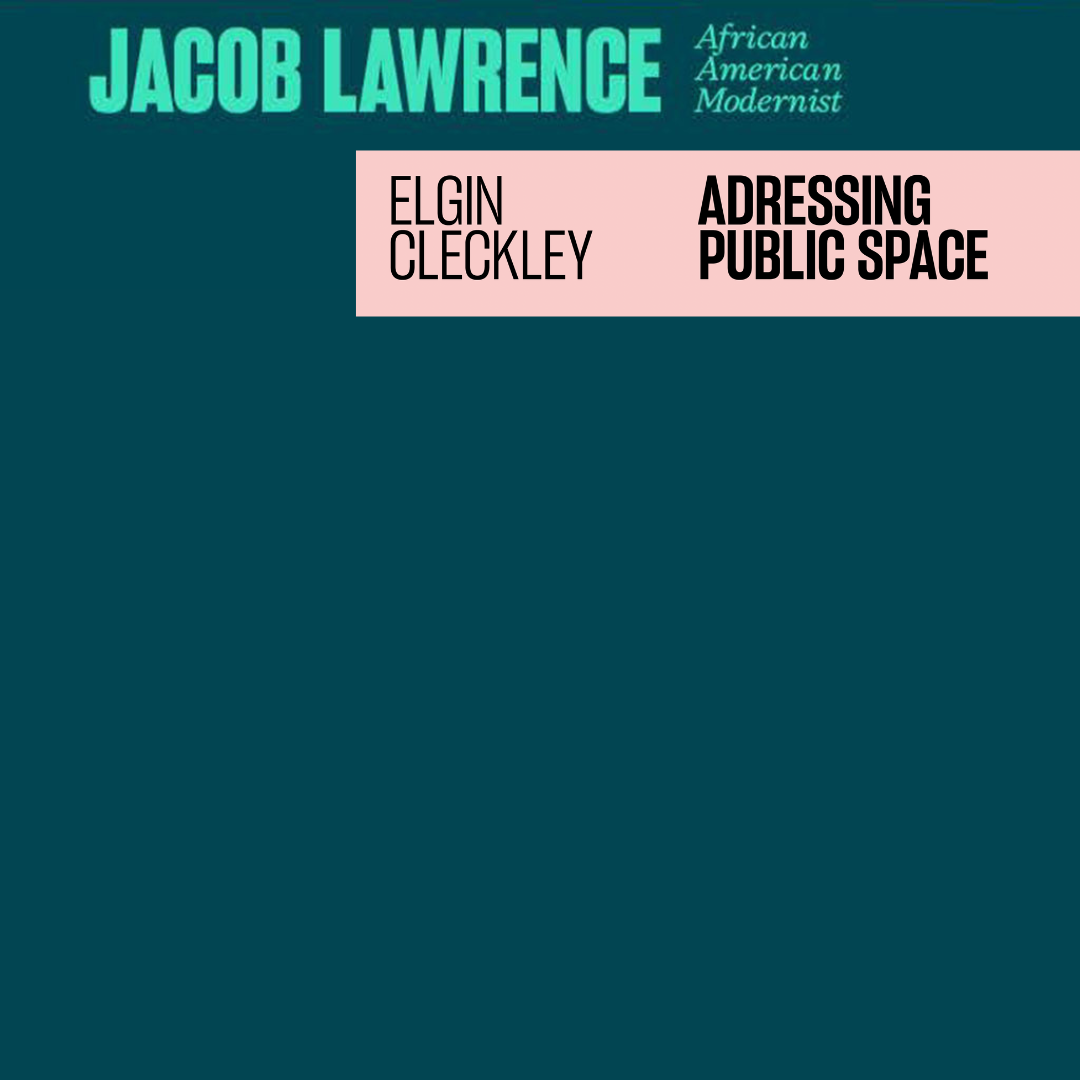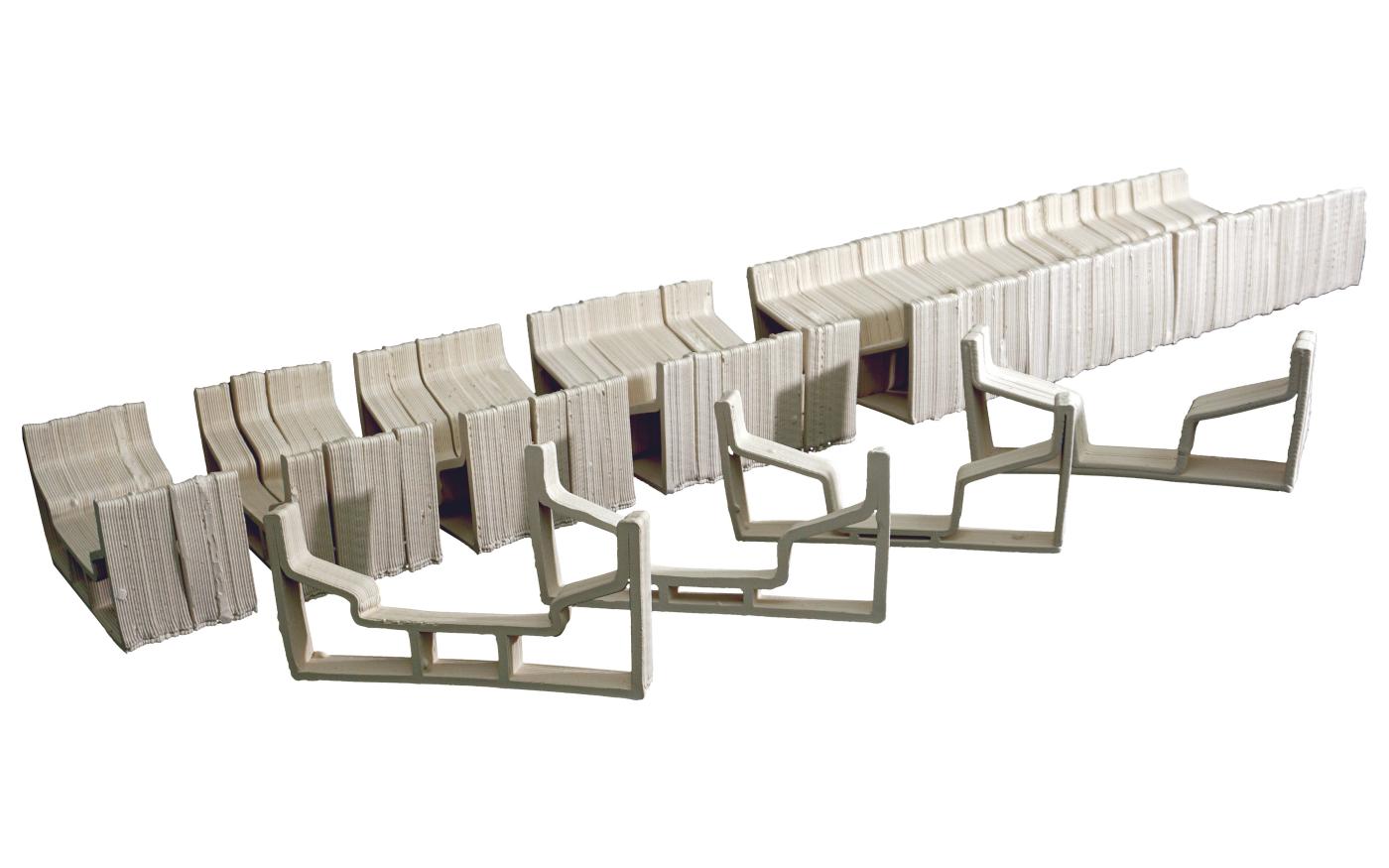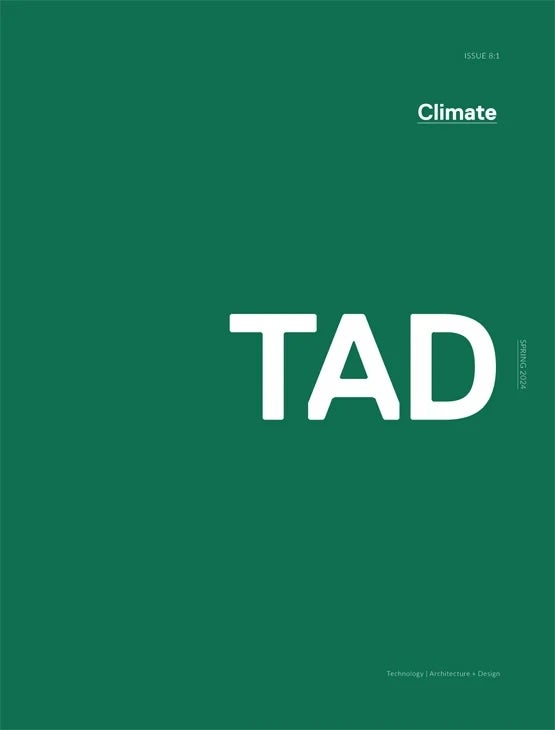
Mohamed Ismail publishes on low-carbon concrete structures in TAD Journal's Climate Issue

TAD (Technology | Architecture + Design) Journal
Issue 8:1 Climate
May 2024
Assistant Professor of Architecture Mohamed Ismail recently co-authored the peer-reviewed article "Concrete and Development: Context-driven Formwork Design for Scalable, Accessible and Low-carbon Concrete Structures" published in TAD (Technology | Architecture + Design) Journal. TAD's Issue 8:1, which features Ismail's scholarship, is titled Climate — it explores and defines the roles of architecture, design, and technology in meeting the challenges facing our communities from current and forecasted changes in climate. The issue editors ask:
In what way does climate change affect our understanding of the role of architecture and technology within our communities?
How can we better define the role of architecture and technology in addressing climate change?
How can we prepare for a future with more extreme climate conditions and the associated socioeconomic and political problems?
How can we change the current value system that rewards aesthetics over performance and environmental impact?
Can architecture take a leadership role
in transforming the built environment
from part of the problem to part
of the solution?
Is architectural education providing future architects with the values, knowledge, and skillsets needed to tackle climate change effectively?
In "Concrete and Development," Ismail and his research partners address the environmental challenges that come with building at an unprecedented rate. They explain that building stock will need to double by 2060 (UNEP 2021), adding over 230 billion m2 (24.7 billion ft.2) of floor area in new construction, equivalent to a new Paris every week (Abergel et al. 2017). As most of this construction will occur in Less Economically Developed Countries (LEDCs), their research presents an argument for using materially efficient design methods that enable sustainable development through scalable, low-cost, low-carbon concrete structural systems for LEDC construction.
The article presents a generalized framework for evaluating contextual design and fabrication methods before demonstrating its use by evaluating several lab-scale structurally optimized prototypes. It begins with a discussion of the motivating factors for low-carbon concrete construction in LEDCs, including availability and affordability. Additionally, the research addresses the importance of realizing socially relevant and culturally sensitive projects that do not ignore the utility of industrialized materials.

The research team elucidates a pathway toward affordable and low-carbon concrete construction through shape optimization, which enables the design of materially efficient elements that meet the required structural demand while reducing the carbon emissions of concrete construction. Their article presents several examples of beam designs informed by crafts common in developing regions, resulting in reproducible beams emerging from the same flexible design procedure, elaborating on methodology, fabrication, and evaluation.
We need immediate, scalable, and impactful
innovations in concrete construction by and
for designers in LEDCs. The regions facing
rapid growth and development must build
fast and be allowed to do so on their terms.
Excerpt, "Concrete and Development: Context-driven Formwork
Design for Scalable, Accessible and Low-carbon Concrete Structures" (2024).
...

Authors
Mohamed A. Ismail, University of Virginia
Nebyu S. Haile, Massachusetts Institute of Technology
Abigail M. Sefah, Simpson Gumpertz & Heger, Inc.
Yiqing Wang, Massachusetts Institute of Technology
Caitlin T. Mueller, Massachusetts Institute of Technology
Citation
Ismail, M. A., Haile, N. S., Sefah, A. M., Wang, Y., & Mueller, C. T. (2024). Concrete and Development: Context-driven Formwork Design for Scalable, Accessible and Low-carbon Concrete Structures. Technology|Architecture + Design, 8(1), 83–96. https://doi.org/10.1080/24751448.2024.2322917


